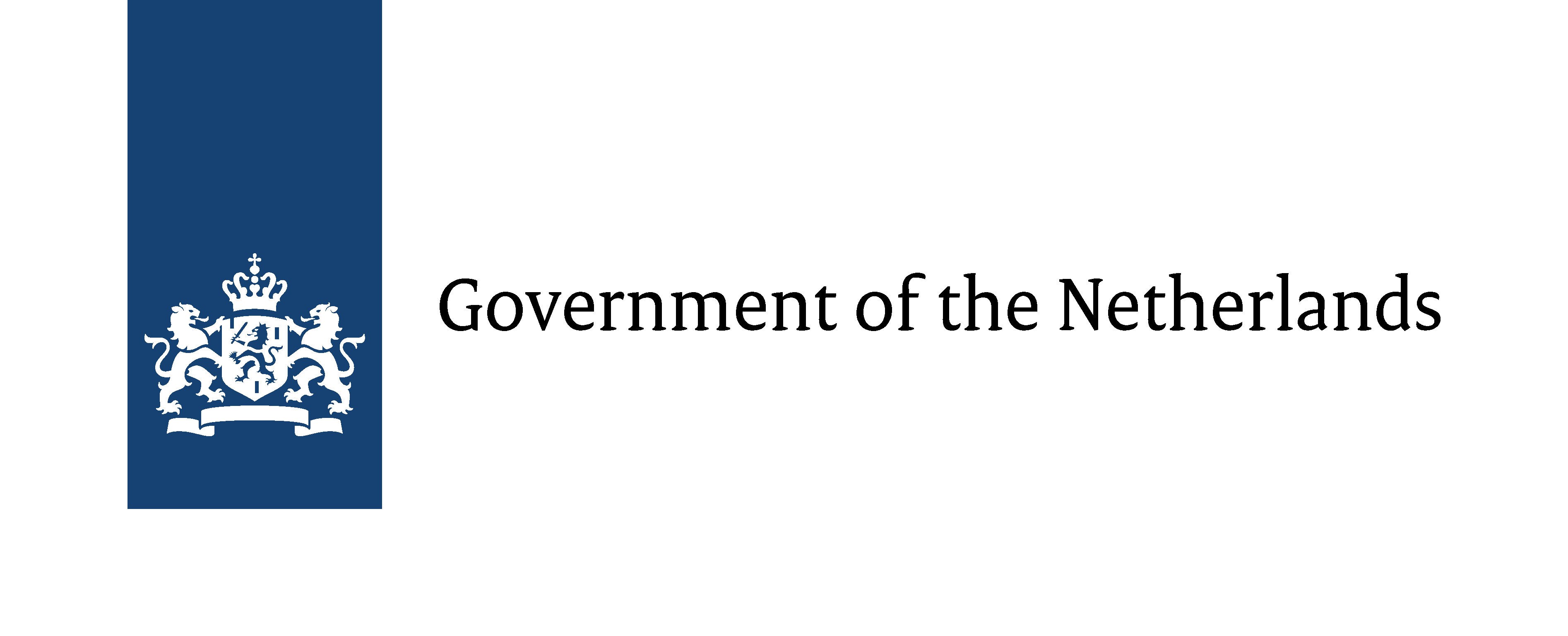
Along with the many successful voyages of the Dutch fleet in the 17th and 18th centuries, there also were ships that got stranded on islands, sand banks and rocky shores. On two of these unlucky voyages, the Batavia and the Zeewijk met their final destination on a set of islands off the coast of Western Australia.
These islands then became the scene of a brutal series of murders among the Dutch castaways from the Batavia. Of both ships, less than half of each crew’s population eventually reached Batavia. Today, these islands and the surrounding waters are known as the Houtman Abrolhos, and serve not only as the scene of these historic events, but also as a rich natural habitat. The current plan is to investigate and relocate the Dutch-Australian heritage, followed by the relocation of existing fisheries , to eventually give the natural habitat back to nature itself. Thus, the project will reintroduce ‘wilderness’ on Beacon Island, much like it was when the Batavia survivors landed there nearly 400 years ago.
The project aims to enrich the collective knowledge of these historical events and improve the understanding of what happened to the Batavia survivors. The relationship that nature has with cultural heritage is a frequently addressed topic nowadays, and safeguarding its sustainability requires sound management of water and land habitats.
Project
"Relocation of fishers on Beacon Island and returning it to its natural state"
Plan to relocate existing fishery groups and fishing infrastructure off Beacon Island, followed by a full archaeological survey of the island. Then both the heritage and biodiversity on the island and in the surrounding waters will be managed jointly, in order to restore the heritage and water site to its original state of 400 years ago.

